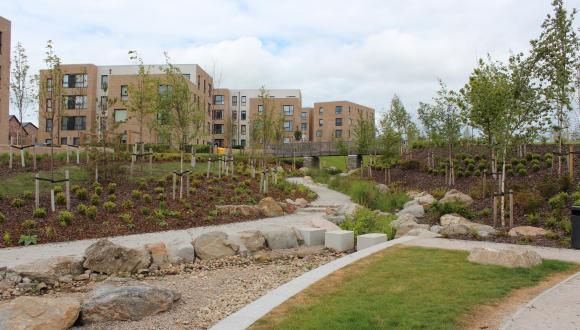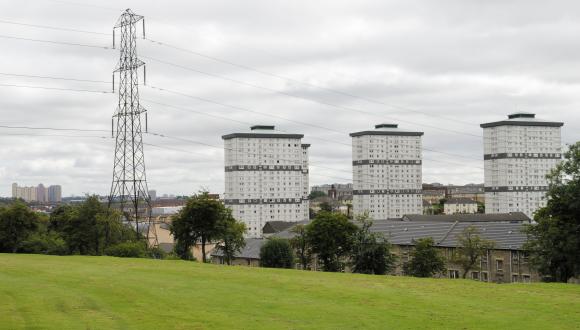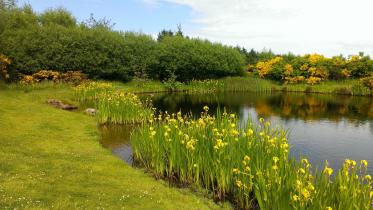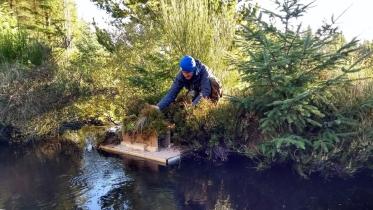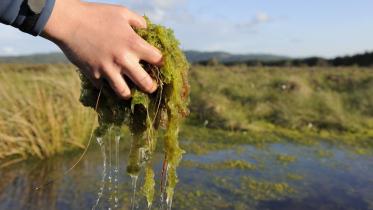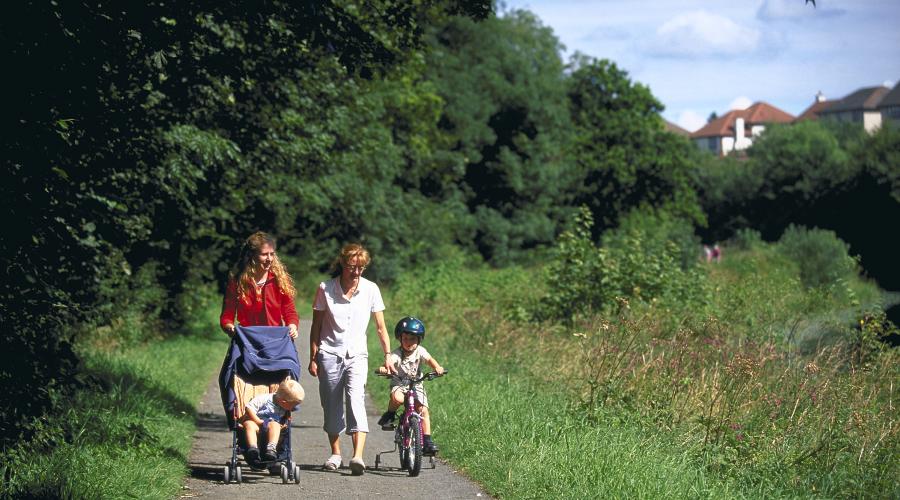
Green networks
Green networks help to create healthy, attractive places in which to live, work and do business, and can benefit the environment.
Developing a green network might involve providing paths or creating areas of open space to give people more opportunity to get out and about. Green networks often include areas of greenspace in our cities and towns.
Green networks offer ways to enjoy the outdoors close to home and provide safe and quiet off-road access to all sorts of urban greenspace – and to other local amenities and the wider countryside.
Activities involved in creating green networks may also help to reduce habitat fragmentation. Green networks can thus contribute to habitat networks and biodiversity as well as to human health and well-being.
Green networks are made up of various elements – e.g. paths, woods and open areas – sometimes known as green infrastructure.
Land managers can find out what’s involved in creating various types of network, including green networks.
Central Scotland Green Network
The Central Scotland Green Network (CSGN) was confirmed as a National Development in the National Planning Framework for Scotland 2. An initiative to deliver CSGN was launched in September 2009.
NatureScot is working with Forestry Commission Scotland, local authorities and others to establish the network.
The initiative involves:
- a significant increase in woodland expansion – to further ‘green up’ the area, boost recreation opportunities and mitigate climate change
- restoring vacant and derelict land – to regenerate areas by creating attractive landscapes for a range of uses, including new business
- improving cycling and walking networks – to promote active travel to work and school, and help reduce our carbon footprint
- building a strategic network of priority habitats – to improve biodiversity and protect many species
Find out more on the Central Scotland Green Network website.
Or learn how to view Central Scotland Green Network habitat networks.
